The Pythium oligandrum is a bio-fungicide that has aroused great interest in the agricultural and scientific community for its effectiveness in the prevention of fungal diseases. Cryptogamic diseases pose a constant threat to agricultural crops, causing significant economic and environmental losses. However, the overuse of chemical fungicides has raised concerns for human health and the environment. But how exactly does this bio-fungicide work?
This article will explore the mechanism of action of Pythium oligandrumits impact on fungal diseases and the benefits it offers as a sustainable alternative to traditional chemical fungicides.
What is the Pythium oligandrum and what is its mechanism of action?
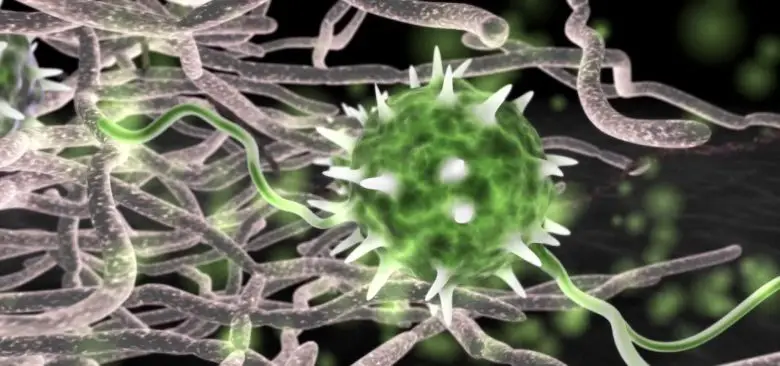
The Pythium oligandrum it is an antagonistic oomycete fungus whose ability to contain some soil diseases was discovered in the 1970s, as well as having a significant plant biostimulation activity. It is a saprophytic organism that lives in the soil, when it comes into contact with fungal pathogens, Pythium oligandrum it activates and begins to successfully compete with harmful mushrooms. The mechanism of action is multifactorial, divided into 3 different modes of action to counteract the establishment and spread of fungal pathogens.
First of all, through direct hyperparasitism, the antagonist fungus produces spores which, once germinated, emit hyphae capable of penetrating and degrading the cell walls of the pathogenic fungi through the production of enzymes. This damages the structure and function of the pathogen cells, weakening their development and their ability to spread and attack crops. With this mechanism, this biofungicide is able to compete directly with pathogenic fungi for nutritional resources and space. This means that the antagonistic fungus can deprive the pathogens of the nutrients they need to survive and grow, limiting their proliferation.
Secondly, Pythium oligandrum produces some metabolites (including a specific one, theoligandrin) capable of stimulating resistance induction in the plant. This gives rise to defensive physiological and biochemical barriers.
Finally, thanks to the production of tryptamine (metabolite involved in the production of auxin) the microorganism is able to stimulate the development of the root and a general vegetative growth of plants.
Therefore, this bio-fungicide offers an ecological and sustainable approach for the prevention and control of fungal diseases in agricultural crops.
Against which fungal diseases is it effective Pythium oligandrum?
Here is a list of some of the fungal diseases against which Pythium oligandrum can be used for:
- Contrast species of Fusarium sppa genus of fungi responsible for various fungal diseases, such as Fusariosis of tomatofusariosis of maize and fusariosis of wheat;
- Eliminate alternariosis (Alternaria spp), i.e. a genus of ascomycetic fungi that are very harmful to crops, in our environments they mainly affect cabbages;
- Keep an eye on the sclerotinia Sclerotinia sclerotiorumwhich causes diseases such as white mold in a wide range of crops;
- Prevent attacks of botrytis, also known as gray mold, which is a plant disease caused by the parasitic fungus Botrytis cinereawhich attacks a large number of crops, including the vine (the first for economic importance);
- Help fight against verticillosis, disease caused by the fungus Verticillium spp.which attacks nightshade crops (tomatoes, potatoes, aubergines, peppers, etc.), cucurbits (zucchini, pumpkin, cucumber), strawberries, stone fruits (peach, plum, cherry, apricot, almond), olives and screw;
- Countering collar rot: widespread disease caused by the fungus Phytophthora cactorum which affects hundreds of plant species causing their death due to collar rot.
These are just a few examples of the fungal diseases against which Pythium oligandrum has proven efficacy. Its use as a bio-fungicide therefore offers a sustainable alternative for the management of fungal diseases in agricultural crops and ornamental plants.
How to use Pythium oligandrum in the prevention of fungal diseases?

The Pythium oligandrum it is used as a bio-fungicide to prevent the onset of fungal diseases following some specific practices. It is commercially available in the form of formulated products containing durable oospores with an inert material backing and other co-formulants. These products can be applied directly to soil or to plants, depending on the specific fungal disease you wish to prevent.
The application of the product is carried out before the onset of fungal diseases or at the very first sign of infection. It is important to follow specific manufacturer recommendations regarding the optimal timing for application based on the target crop and disease.
The Pythium oligandrum can be applied to soil by drip irrigation, spraying or direct distribution on the soil surface. Alternatively, it can be applied directly to plants through spraying or foliar treatments.
The recommended dosage varies according to the specific product and the crop being treated. It is important to carefully follow the dosage instructions provided by the manufacturer in order to obtain effective results and minimize the risk of overdose. The formulation must be kept in water for at least 20-30 minutes before distributing it with the atomizer. Furthermore, it should not be used in extemporaneous mixture with other fungicidal products. Only wetting agents/adjuvants of plant origin can be added to the solution.
Pythium oligandrum should be used in fields as part of an integrated fungal disease management programme. It is advisable to combine the application of the bio-fungicide with other prevention practices, such as crop rotation and the removal and destruction of infected plants.
In Italy there is only one authorized formulation on the market Pythium oligandrum (strain M1), is available in specialized shops.

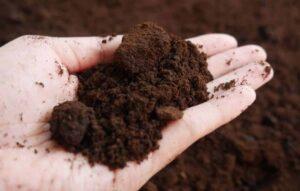
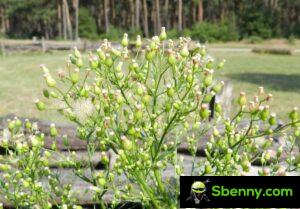
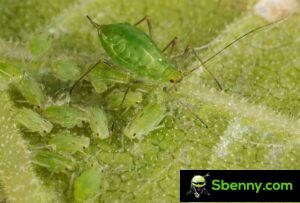
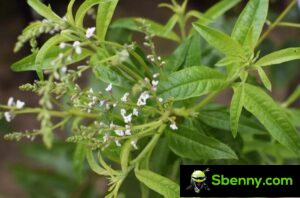
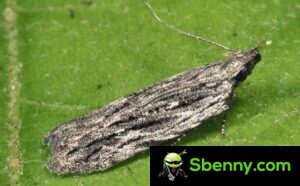
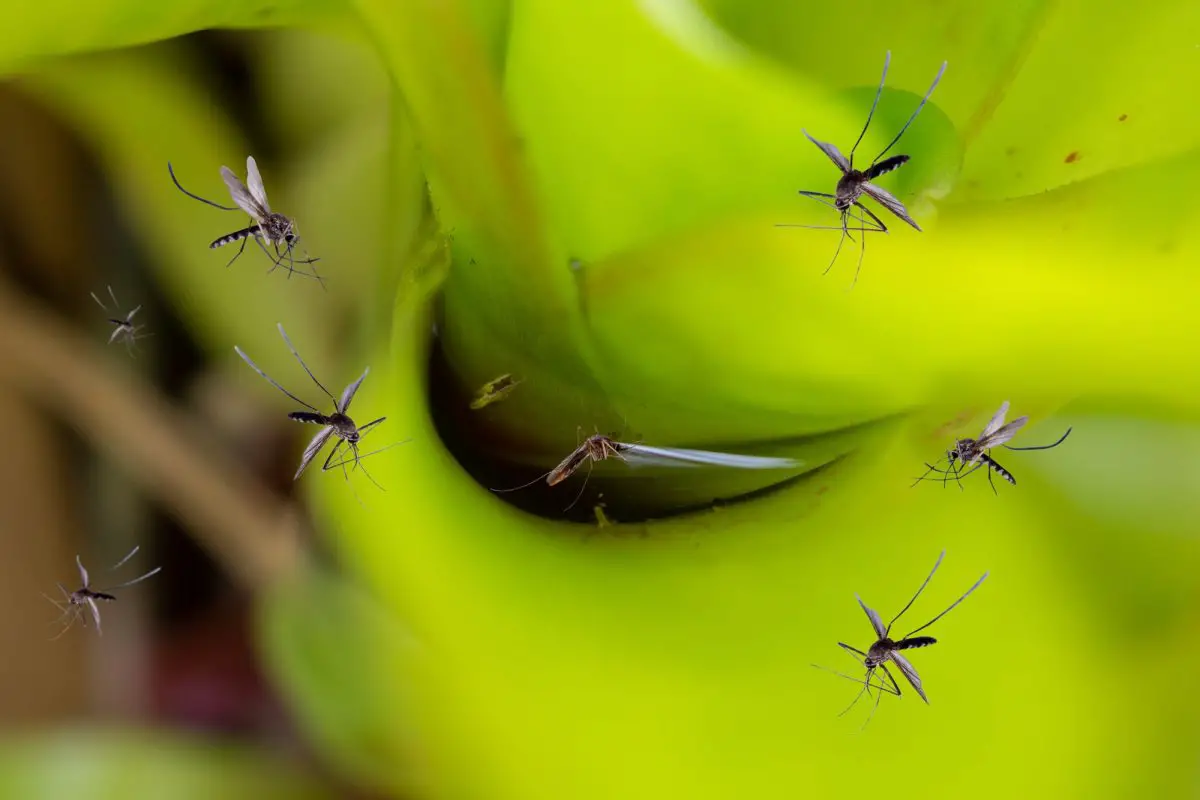
Start a new Thread